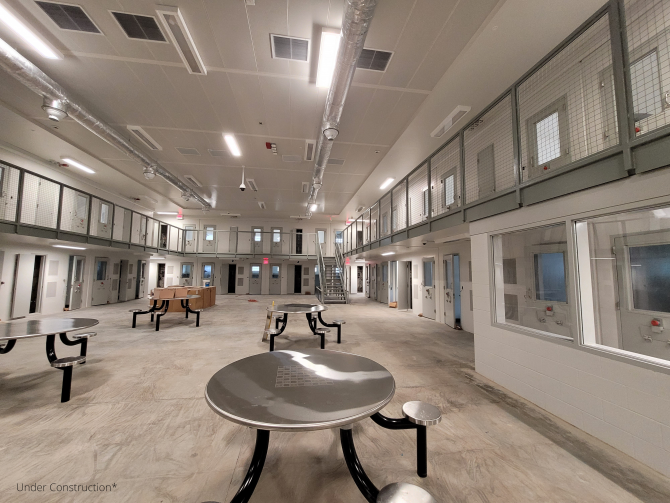USA Architects’ CEO, Paul Swartz, was interviewed by LancasterOnline over the summer regarding the potential of a new Lancaster County correctional facility. With over 40 years of experience in justice architecture, Paul offers his thoughts on how Lancaster County can improve the environment for inmates through modern Architecture and Design.
Present-day Lancaster County Prison is outdated—with its facility being 170 years old, it is due for serious upgrading. The site is currently sitting on less than 5 acres and officials are exploring building a new 45-acre prison facility. That is a significant difference in area, but Paul explains the importance of expanding the facility and its overall benefits to all. Swartz stated, “Nicer typically means more expensive. Government officials usually want to find ways to limit construction and operating costs”. It’s important for the design of facilities like these to be creative and thoughtful in both their utility and cost-efficiency.
The most crucial update would be to expand the facility horizontally instead of building it up. “You do want to have, if you’ve got the luxury of having land, to try to get to what is basically a one-story facility,” according to Swartz. Widening the facility would increase safety among inmates and correction officers because the one-story building would allow for there to be “Direct Supervision”.
Direct supervision is a model of prison design that has been an industry standard since the 1970’s and centers on the idea of building the cells to face a central atrium (for socializing) and set up the correction officer’s desk to overlook the central atrium, or “day room”. With the direct supervision model, “It doesn’t require as much staff to supervise the jailed population as other models,” says Swartz. This model offers an opportunity for the inmates to positively engage and participate in educational and training programs.
Swartz also advocates the importance of using atriums and softer building materials. Atriums will provide natural light, and with the combined effort of softer building materials, feel more inviting to the inmates. The physically disabled or chronically ill inmates will benefit greatly with these additions being implemented into the facility.
Click here to read full article.


